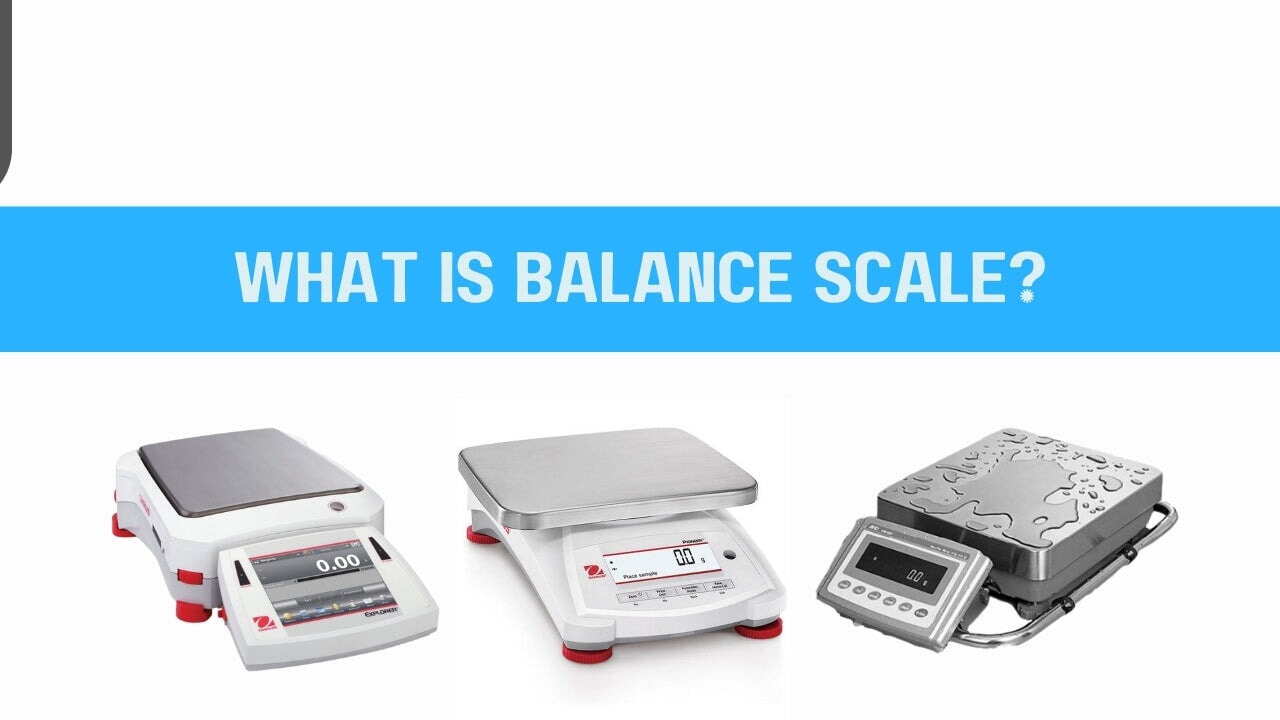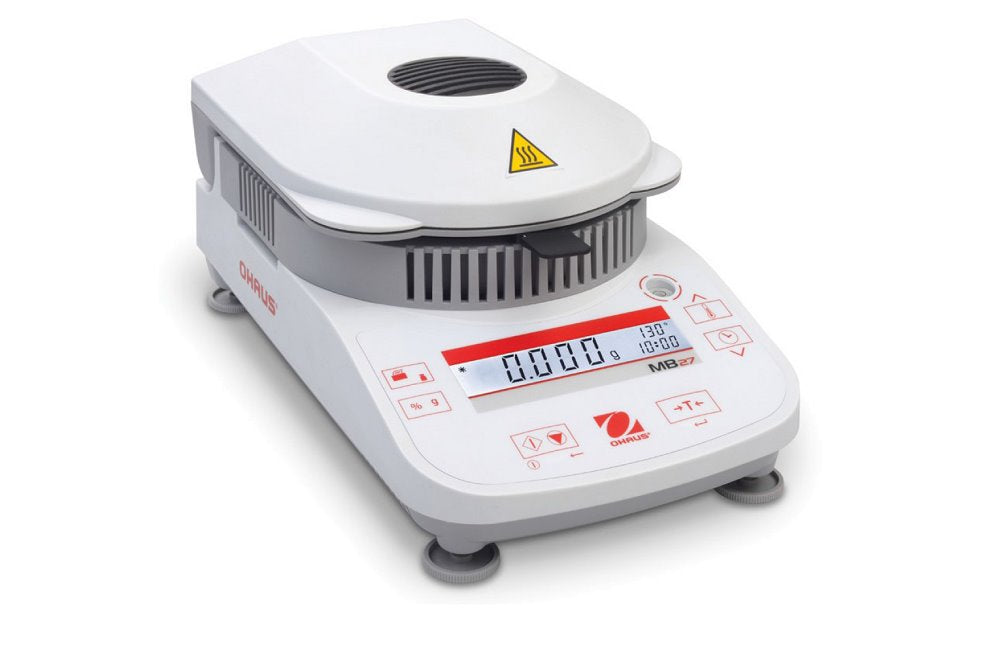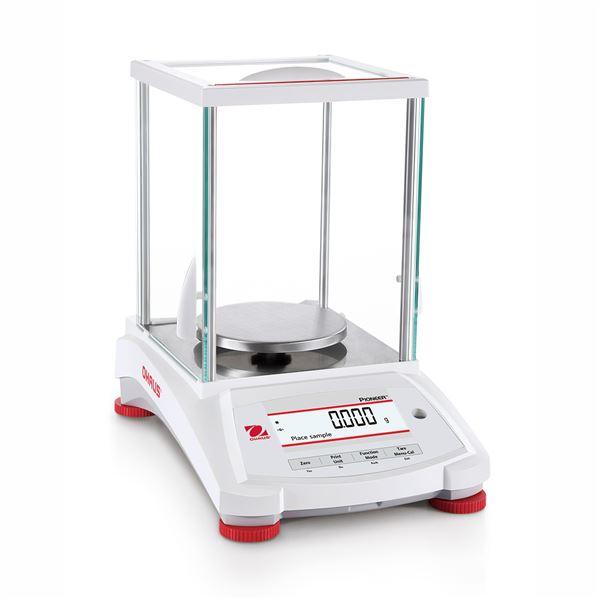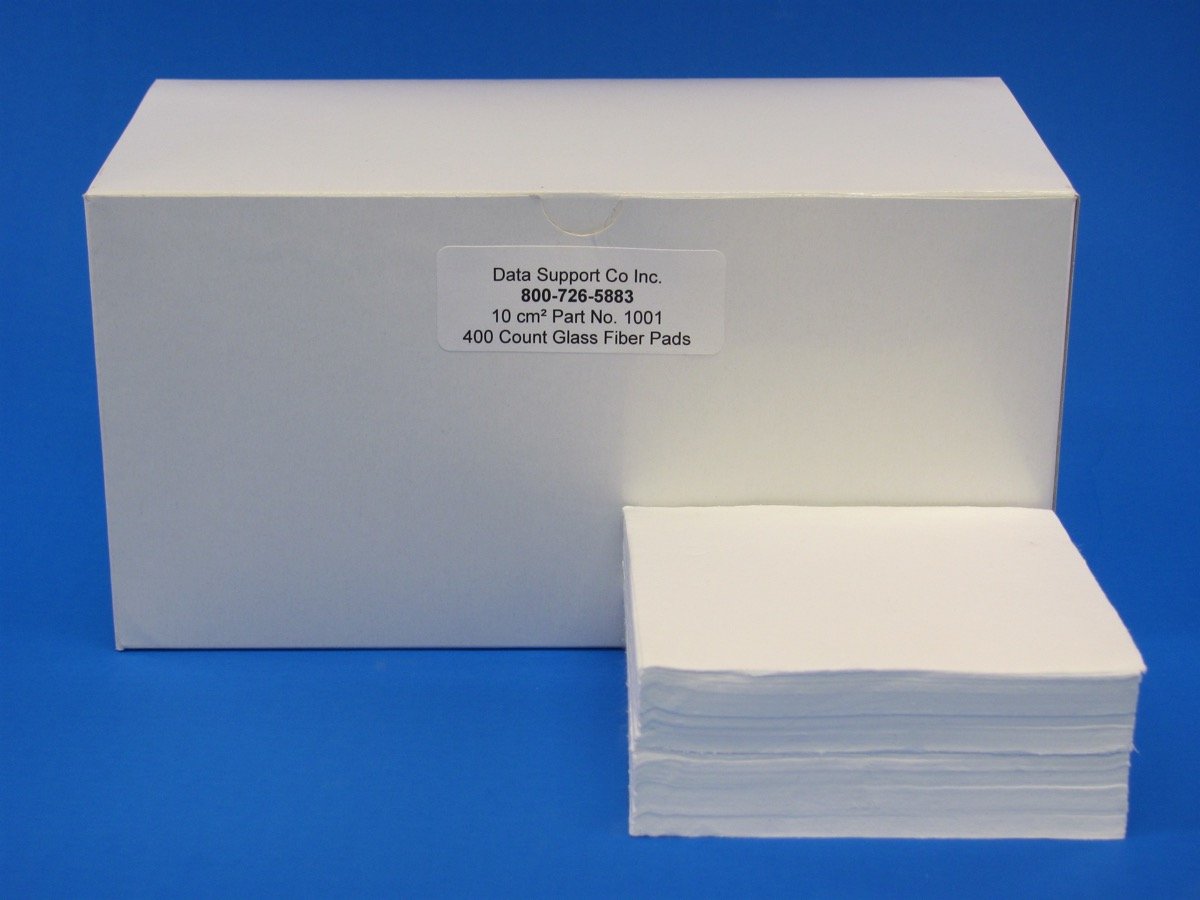Introduction to Weighing Scales
A balance scale, also known as a weighing scale or mass scale or mass scales, is a device used to measure weight or mass, providing precise measurements in various units such as grams or kilograms.
Weighing scales, including balance scales, are essential tools in scientific research, commerce, and everyday life, offering accurate results and high precision.
There is a key difference between balance scales and other types of scales: balance scales are designed to compare the mass of objects, while other scales may measure weight directly. The principle of balance scales is based on the comparison of an unknown mass to a known mass, ensuring equal weight on both sides of the scale. Mass measures the amount of matter in an object, which is unaffected by gravity, making balance scales ideal for scientific measurements. The traditional design of a balance scale features two plates suspended at equal distances from a fulcrum, where known weights are added to one plate to balance the unknown mass on the other.
balance scales have a long history, dating back to ancient civilizations, with examples of calibrated standard weights and high-precision devices.
Weighing scales are used to measure the weight of objects, providing a certain amount of accuracy and precision, depending on the type of scale and its capacity.
Types of Scales
There are various types of scales, including balance scales, spring scales, and digital scales. A digital scale is an electronic weighing device that uses sensors and a digital display, and is commonly used for a wide range of measurement scenarios due to its advanced technological features.
Precision balances, such as analytical balances, offer high precision and are used in laboratory settings for precise measurements.
Analytical balances are designed for measuring small masses with high accuracy, often featuring mass unit conversion and specific gravity weighing capabilities.
Spring scales measure weight by the stretch of a spring with a known spring constant, providing a simple and effective way to measure weight. The scale indicates how much an object weighs by showing the force exerted by the object on the spring.
Digital scales use load cells, which convert the force applied by the object into an electrical signal. This electrical signal is then processed to determine the weight, offering a high level of accuracy and readability.
In both balances and scales, the mass or weight is determined by how much is weighed, ensuring accurate measurement results.

Analytical Balance
An analytical balance is a specialized type of balance scale designed for high precision and accuracy, making it indispensable in scientific research and laboratory environments. Analytical balances are engineered to measure extremely small masses, often down to 0.001 grams or even smaller increments, providing higher resolution than standard weighing scales. These instruments typically feature advanced technologies such as force restoration and load cells, which help deliver precise measurements by compensating for fluctuations in gravity and other environmental factors.
Analytical balances are commonly used in chemistry, biology, and pharmaceutical labs, where the accurate measurement of minute quantities is essential for reliable results. Many analytical balances offer features like mass unit conversion and specific gravity weighing, allowing users to switch between different units or determine the density of substances with ease. When selecting an analytical balance, it’s important to consider factors such as capacity, precision, and the specific features required for your application. With their high precision and ability to provide accurate results, analytical balances are a cornerstone instrument for any setting that demands meticulous measurement of mass.
Beam Balance and Spring Scales
Beam balances and spring scales are two widely used types of balance scales, each employing a different method to measure weight or mass. A beam balance, often referred to as a laboratory balance, consists of a horizontal beam supported at its center, with two pans suspended from either end. To determine the unknown mass of an object, it is placed on one pan, while standard weights are added to the other pan until the beam is balanced horizontally. This method ensures precise measurements and is especially valued in scientific research and laboratory settings where accuracy is paramount.
Spring scales, in contrast, operate based on the principle of a spring constant. When an object is attached to the scale, the force exerted by its weight causes the spring to stretch. The amount the spring stretches is directly proportional to the object’s weight, allowing for straightforward and reliable measurement. Spring scales are commonly used in educational settings and for quick, practical measurements where ease of use is important.
Both beam balances and spring scales require proper calibration and attention to readability to ensure accurate results. These instruments are essential for measuring weight and mass in a variety of applications, from laboratory experiments to everyday tasks, providing users with dependable and precise measurements.

Balance Scales Applications
-
balance scales are used in a wide range of applications, including scientific research, commerce, and education, providing accurate and precise measurements.
-
Laboratory balances are used in scientific research to measure the weight of objects with high precision, often in smaller increments. Many laboratory balances have a limited capacity, allowing them to measure only small weights but with exceptional accuracy. Repeatability is crucial in scientific applications, as it ensures consistent measurement results under identical conditions.
-
Industrial balances are used in manufacturing and production to measure the weight of materials and products, ensuring accuracy and quality control. Industrial weighing equipment comes in various capacities to accommodate different maximum weight limits, which is essential for proper handling, safety, and compliance with industry standards.
-
Balance scales are also used in everyday life, such as in kitchens and bathrooms, to measure the weight of objects and provide a healthy lifestyle.
-
Weighing scales, including balance scales, are essential tools in many industries, including healthcare, food production, and transportation. Analytical balances often include advanced features such as percentage weighing, which enhances measurement precision for analytical applications.
Weighing Scale Technology
Weighing scale technology has evolved over time, with advancements in materials and design leading to more accurate and precise measures of weight or mass. Load cells are a key component of modern weighing scales, providing a high level of accuracy and reliability. These technologies are essential for determining the precise weight or mass of objects in various applications. Digital scales use advanced electronics and software to provide precise measurements and features such as mass unit conversion and counting.
Force restoration is a technique used in some weighing scales to provide accurate and precise measurements, even in environments with fluctuations in gravity. Spring scales use a spring with a known spring constant to measure weight, providing a simple and effective way to measure weight.
Industrial Applications
Industrial weighing scales are used in a wide range of applications, including manufacturing, production, and logistics, providing accurate and precise measurements. Weighing scales are used to measure the weight of materials and products, ensuring accuracy and quality control. Industrial balances are designed to withstand heavy use and provide accurate measurements in harsh environments. Weighing scales are also used in transportation and shipping to measure the weight of cargo and ensure safe and efficient transportation. Industrial weighing scales often feature advanced technology, such as load cells and digital displays, to provide precise measurements and improve efficiency.

Calibration and Testing
Calibration and testing are essential processes in ensuring the accuracy and reliability of weighing scales. Weighing scales are calibrated to ensure that they provide accurate measurements, with calibration involving the adjustment of the scale to match a known standard. Calibration ensures the scale accurately measures an object's weight.
Testing involves verifying the accuracy and reliability of the scale, with regular testing necessary to ensure that the scale remains accurate and reliable. Testing typically requires using the scale to weigh known standards to confirm its precision. Weighing scales are subject to fluctuations in gravity and other environmental factors, which can affect their accuracy and reliability. Calibration and testing are critical in ensuring that weighing scales provide accurate and precise measurements, even in harsh environments.
Maintenance and Repair
Proper maintenance and timely repair are vital for ensuring the continued accuracy and reliability of balance scales. Regular cleaning of the scale and its components, such as the load cell and platform, helps prevent buildup of dust or debris that could affect measurements. It’s important to routinely inspect the device for signs of wear and tear, as even minor damage can impact the scale’s performance.
Calibration is a key aspect of maintenance, involving the adjustment of the balance scale to align with known standards. This process ensures that the scale delivers precise and accurate measurements, which is especially critical in environments where exact weight readings are required. Following the manufacturer’s guidelines for maintenance and repair not only helps prevent damage but also extends the lifespan of the device.
By combining regular maintenance with careful handling and proper calibration, users can minimize errors and maintain the high level of accuracy expected from balance scales. Attention to these details ensures that the scale remains a reliable instrument for measuring weight and mass across a wide range of applications.
Conclusion on Balance Scale Importance
-
Balance scales are essential tools in many industries and applications, providing accurate and precise measurements.
-
Weighing scales, including balance scales, are used to measure the weight of objects and provide a certain amount of accuracy and precision.
-
The importance of balance scales lies in their ability to provide accurate and precise measurements, which is critical in many industries and applications.
-
Balance scales have a wide range of applications, from scientific research to commercial use, and are an essential tool in many fields.
-
The use of balance scales will continue to evolve, with advancements in technology leading to more accurate and precise measurements, and a wider range of applications.
Future Developments in Balance Scale Technology
The future of balance scale technology is set to bring even greater levels of precision, accuracy, and convenience to users across various industries. Innovations in materials science, such as the use of advanced composites and nanomaterials, are expected to enhance the durability and performance of balance scales, making them more resistant to wear and environmental fluctuations.

Digital advancements are also shaping the next generation of weighing scales. The integration of artificial intelligence and machine learning algorithms will enable balance scales to automatically adjust for changes in temperature, humidity, and other environmental factors, ensuring consistently accurate results. Wireless connectivity and mobile applications are poised to make data collection and analysis more efficient, allowing users to monitor and manage measurements remotely.
By combining these emerging technologies with established methods like force restoration and load cell systems, future balance scales will offer even higher precision and user-friendly features. As these devices continue to evolve, they will remain essential tools for measuring weight and mass with unmatched accuracy and reliability, meeting the growing demands of scientific research, industry, and everyday life.
Frequently Asked Questions
What is the meaning of balance scale?
A balance scale is a device used to measure the mass of objects by comparing them to known weights. It works by achieving equilibrium between two pans, ensuring accurate and direct mass measurement. Weights are placed on one pan, while the object to be measured is placed on the other end, and equilibrium is reached when both sides are balanced. For example, to measure an unknown mass, you place the object on one pan and add known weights to the other end until the scale is balanced.
What does the balance scale represent?
The balance scale symbolizes fairness, equality, and justice—often seen in legal contexts. It represents impartiality and the idea of weighing all sides equally before making a judgment. Lady Justice is often depicted holding a balance scale to symbolize fairness and impartiality in legal and moral judgments.
What is the balance scale for patients?
In healthcare, a balance scale is used to accurately measure a patient’s body weight. These mechanical or digital scales help monitor weight changes critical for diagnosis, treatment, and overall health management.
What are the benefits of using a balance scale?
Balance scales offer precise, reliable mass measurements without being affected by gravity variations. They’re essential in labs, classrooms, and medical settings for their consistency, durability, and simplicity.





